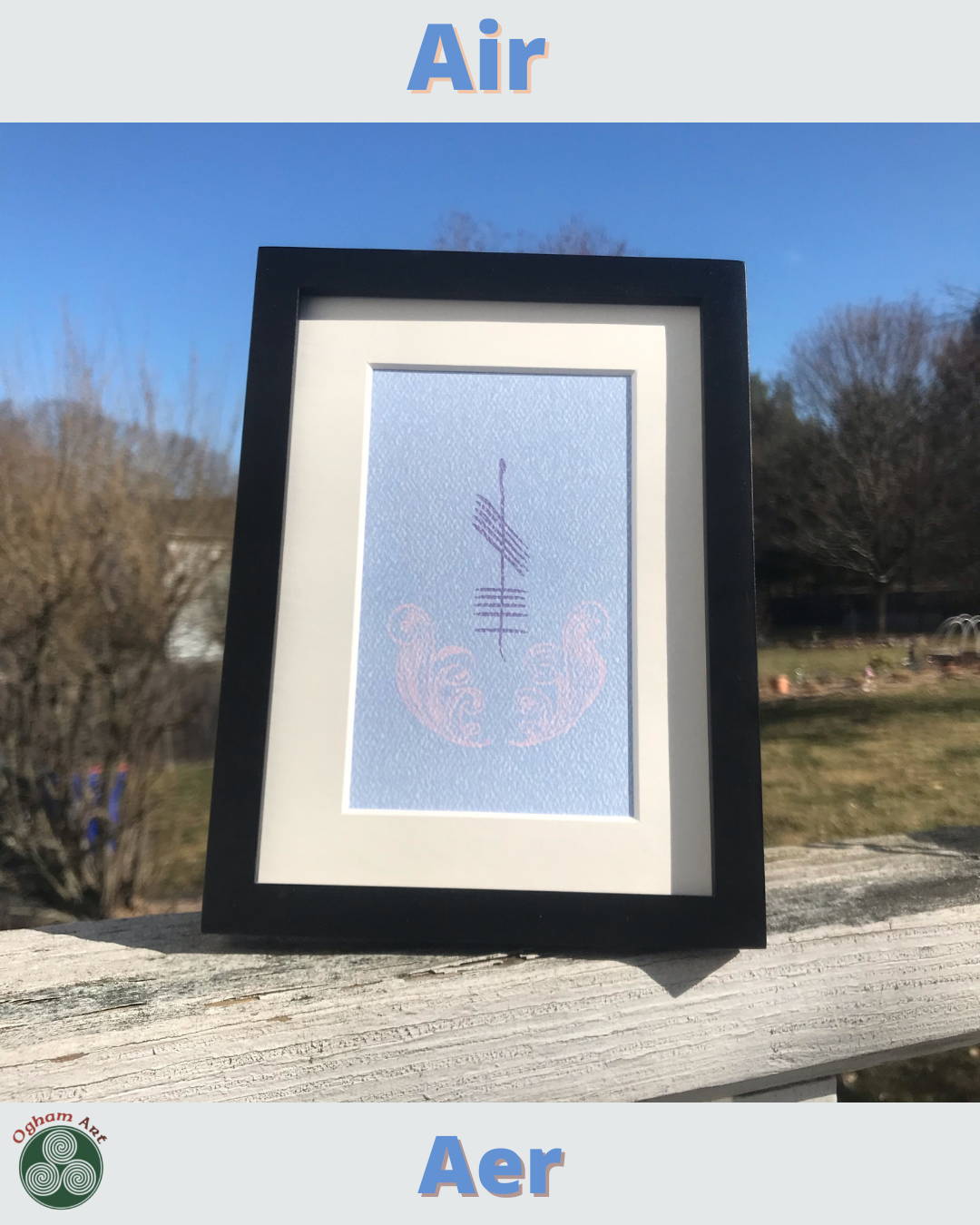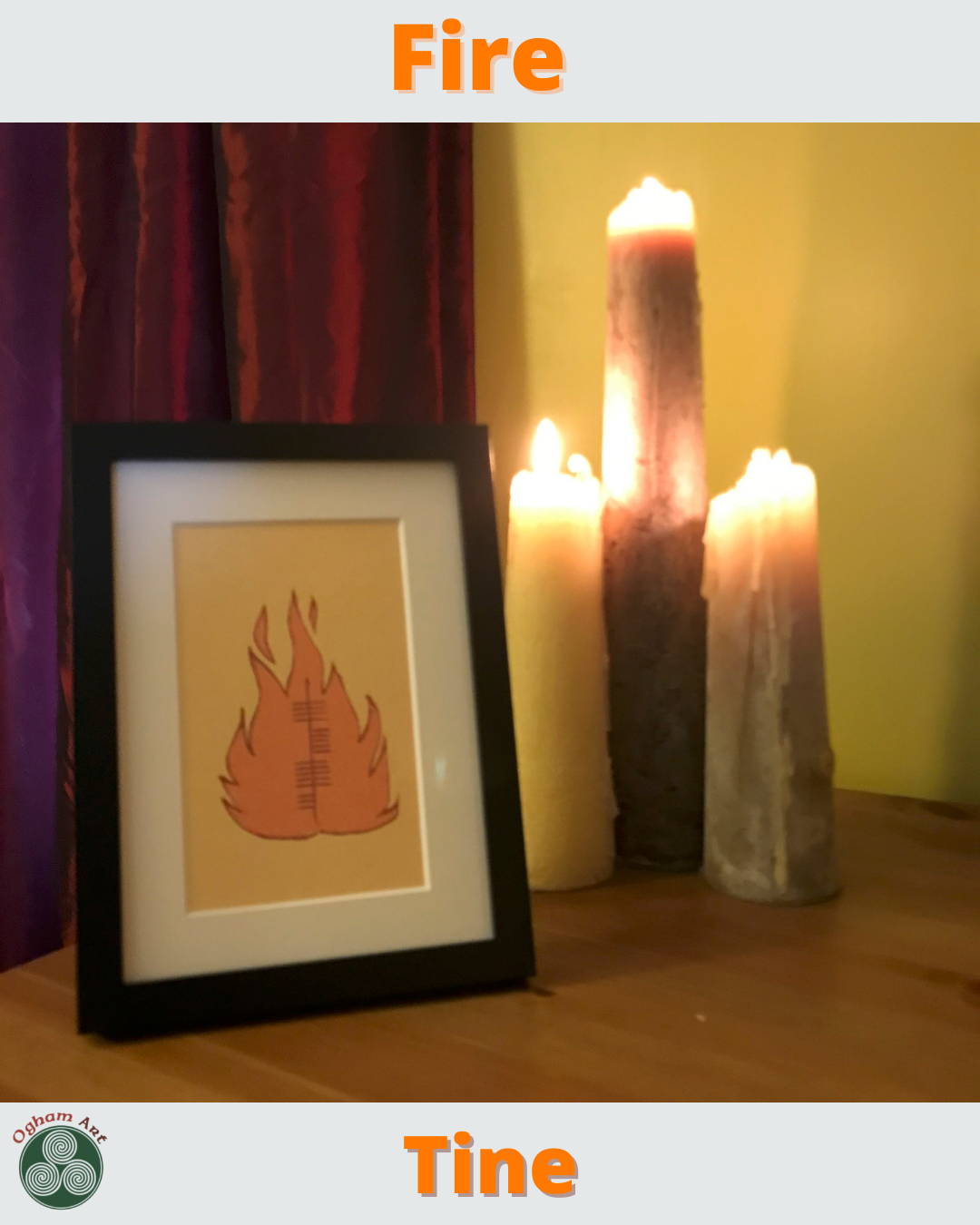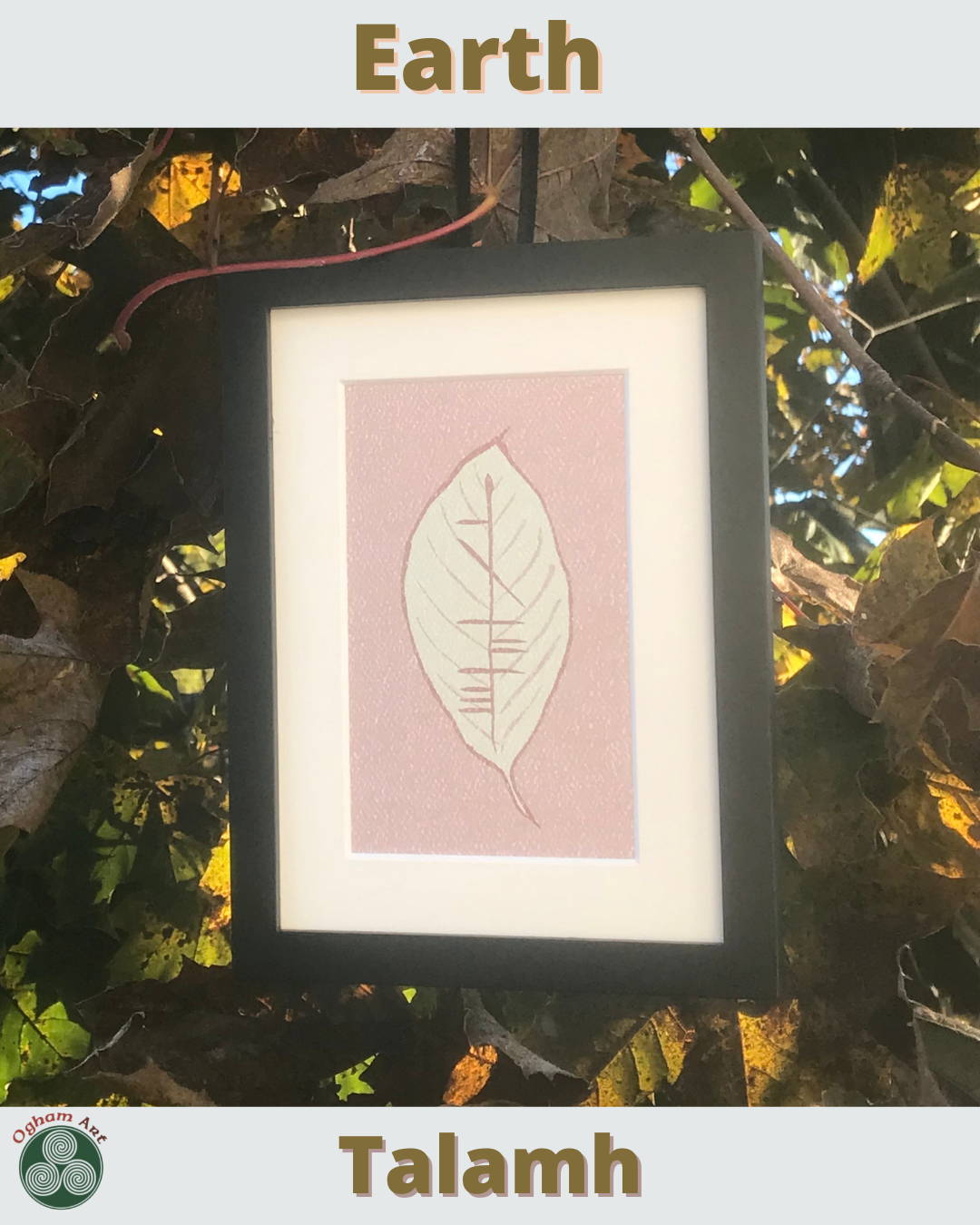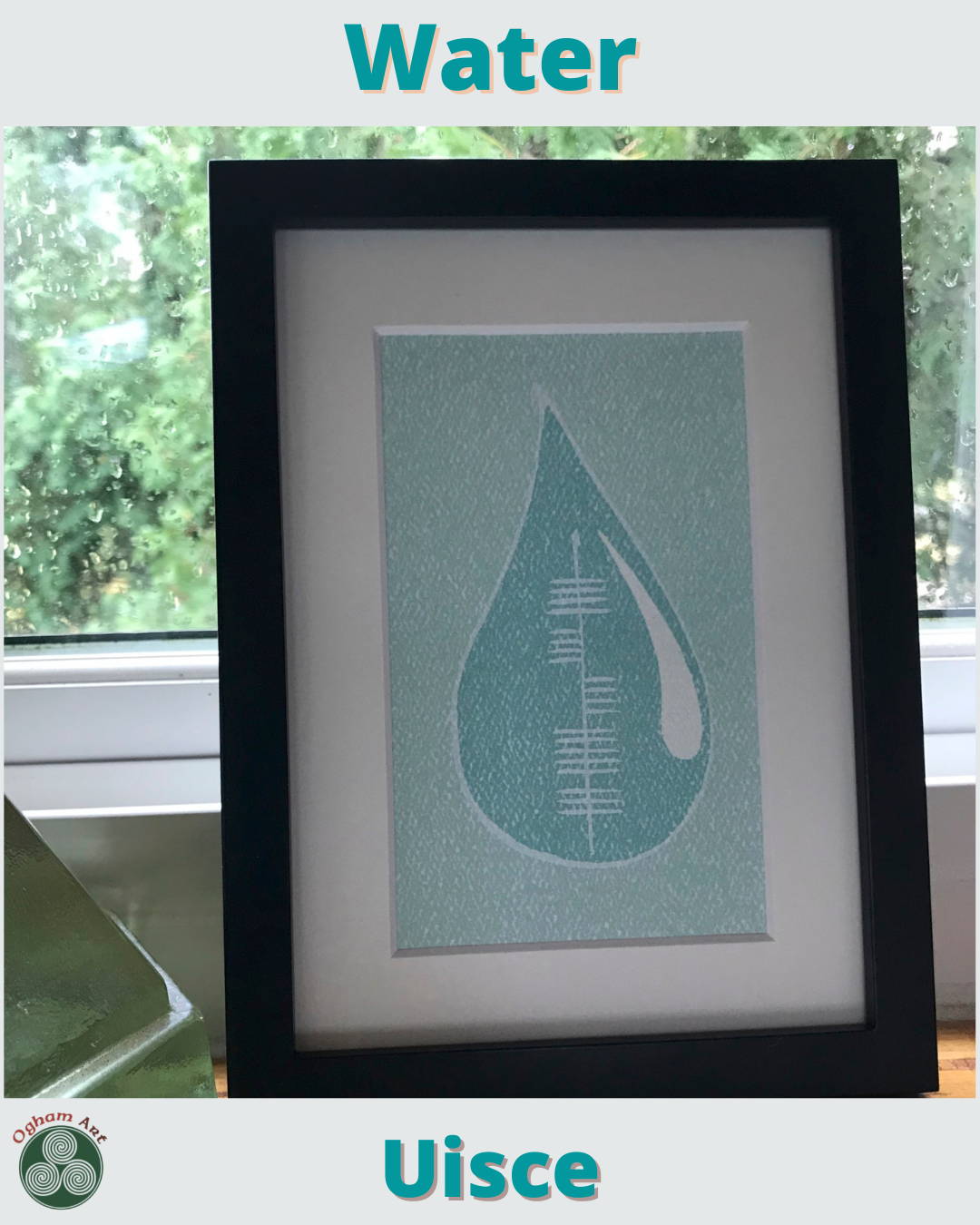
Mabon: Celebrating the Autumn Equinox
The Autumn Equinox signals a time of reflection, gratitude, and balance. As the days shorten and the leaves begin to turn brilliant shades of red and gold, this ancient pagan festival, celebrated around September 21st or 22nd in the Northern Hemisphere, marks the midpoint between the summer and winter solstices.
The literal definition of equinox is “equal” (equi) + “night” (nox) and signifies the two moments of the year when the sun is directly over the equator with an equal number of day hours and night hours. As we prepare ourselves for the harvest and darkness, let’s delve a little into the history, symbols, rituals, and modern practices associated with Mabon.
Why Is It Called Mabon?
While the celebration of the equinox itself is deeply rooted in Celtic and Druidic traditions, the name Mabon was designated in the mid-20th century. According to Welsh mythology, the god Mabon ap Modron was kidnapped as an infant and rescued years later from the underworld.
Aidan Kelly, an influential Wiccan in the 1960s and 70s, chose names for the Summer Solstice (Litha) and Autumn Equinox (Mabon) to complete the consistency of non-scientific titles for all festivals in the Wheel of the Year. Up until this time, they were referred to (and celebrated as) their scientific names. In his quest, Kelly followed the “complex of myths associating the fall equinox with the rescue of a young person from death” and settled upon the name Mabon. Many disagree with any connection between the Autumn Equinox and the ancient Welsh deity but Kelly tells us, “It was not an arbitrary choice.”

Symbols of Mabon

Autumnal Equinox: The equinox marks the precise moment when day and night are of equal length, symbolizing balance and harmony. This equilibrium is reflected in the changing seasons as we transition from the warmth of summer to the coolness of autumn.

Cornucopia: The cornucopia, or "horn of plenty," is a symbol of abundance and overflowing blessings. It is often displayed during Mabon festivities, filled with the season's harvest.

Harvest Foods: This is a time to celebrate the fruits of the harvest. Foods like apples, grapes, pumpkins, and grains take center stage on Mabon altars and feasts. These offerings symbolize abundance and nourishment.

Scales: Scales, or a balance, represent the equilibrium of day and night during the equinox, emphasizing the importance of balance in our lives.
Rituals and Traditions of Mabon

Altar Decoration: Many who celebrate Mabon create altars adorned with the above symbols as well as candles in autumnal colors like orange, red, and brown. These altars serve as a focal point for meditation and offerings.
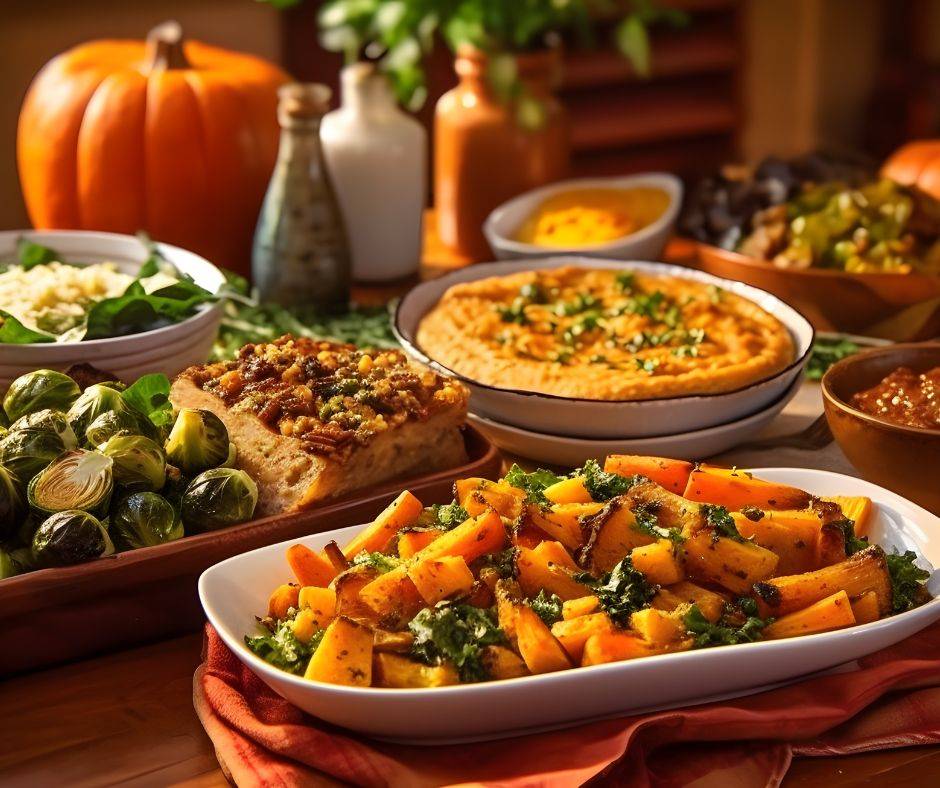
Harvest Feast: Mabon is a time for communal gatherings and feasts. Embracing the harvest season, many people cook special dishes featuring apples, pumpkins, and other autumnal ingredients. These culinary creations are often shared with loved ones.

Nature Walks: Taking a leisurely walk through the woods or a park allows individuals to connect with the changing landscape and appreciate the beauty of autumn. It’s also a perfect opportunity to collect fallen leaves or acorns to use in Mabon celebrations.
Mabon is a time-honored celebration of balance, abundance, and gratitude. Its historical roots in Celtic and Druidic traditions continue to inspire modern practices that can be adapted to various spiritual beliefs and lifestyles. As we mark this seasonal transition, we are reminded of the importance of harmony, both within ourselves and with the natural world. Whether you choose to perform rituals, enjoy a harvest feast, or simply take a peaceful walk in nature, Mabon invites you to embrace the changing seasons with open arms and a grateful heart.
The Wheel of the Year is a modern paganism celebration of seasonal festivals including both solstices, both equinoxes and the midpoints between them all.
The equivalent of the Autumn Equinox is called Mabon and marks the midpoint between the Gaelic festivals of Lughnasadh and Samhain.
At Ogham Art, we present aer, tine, talamh and usice in 5x7 and 8x10 presentations. Take a closer look at how we celebrate the elements by clicking on any image.

